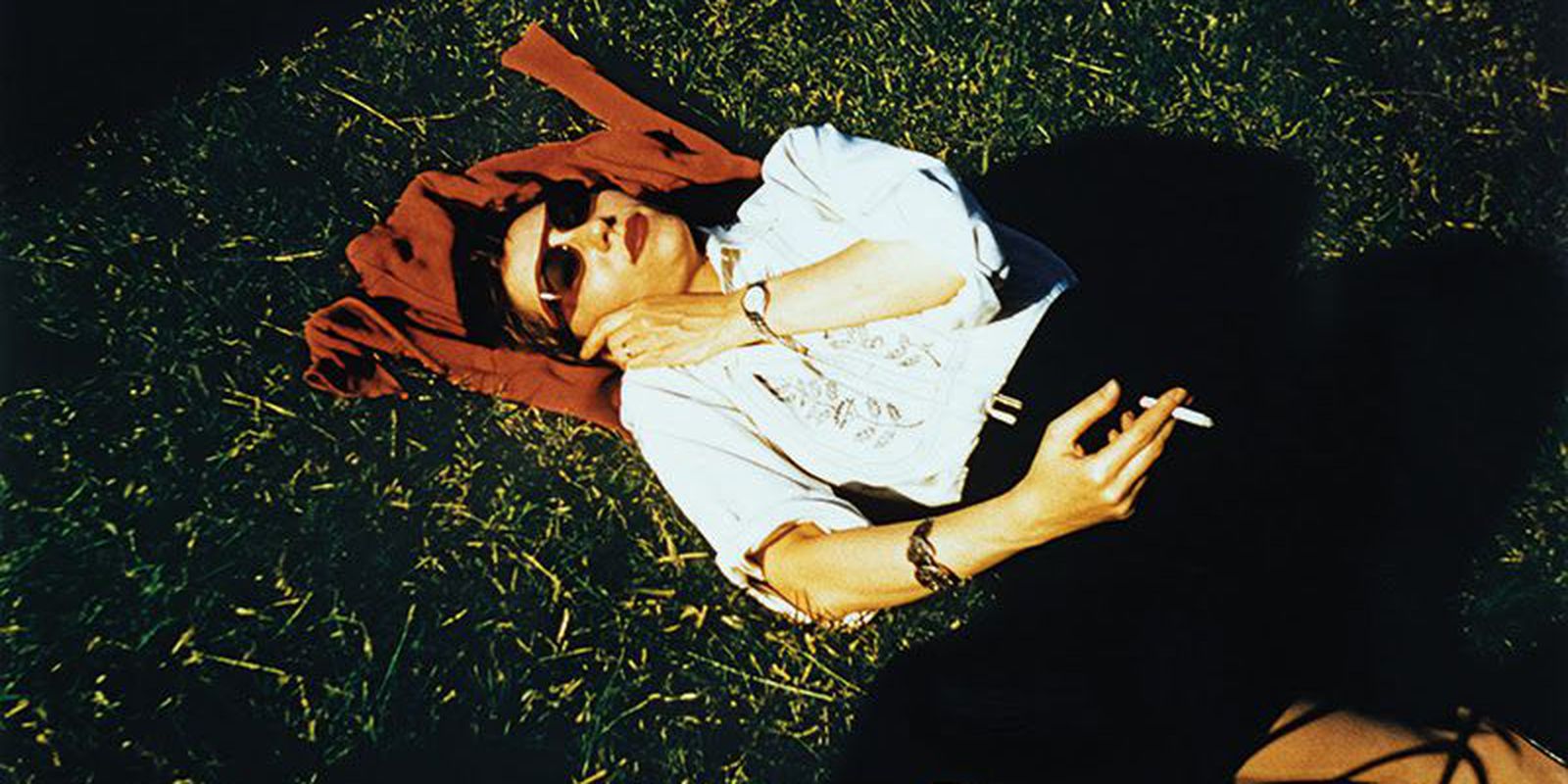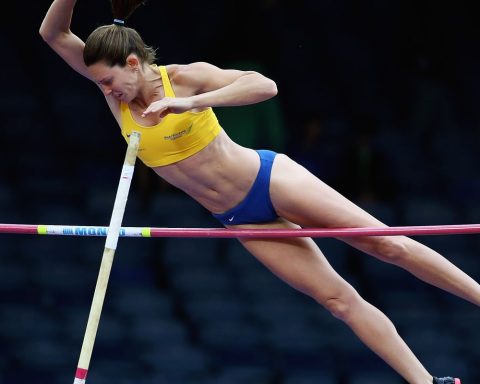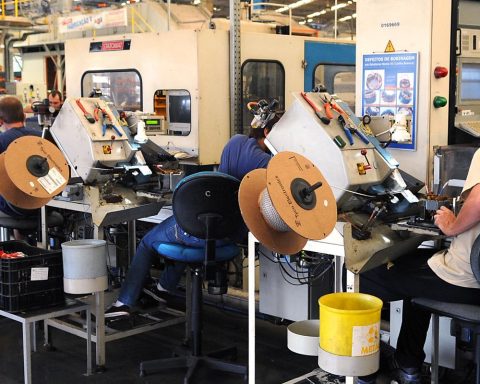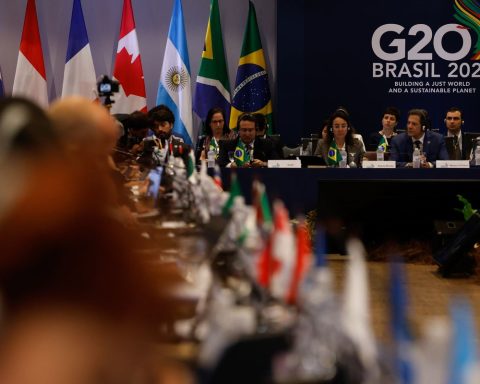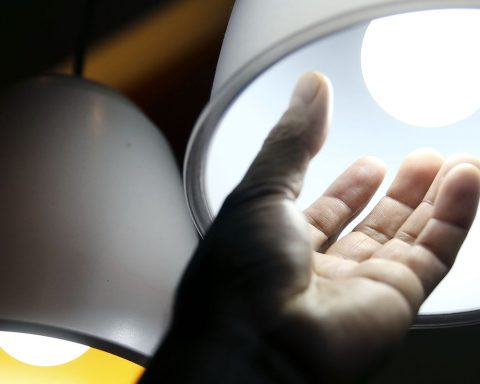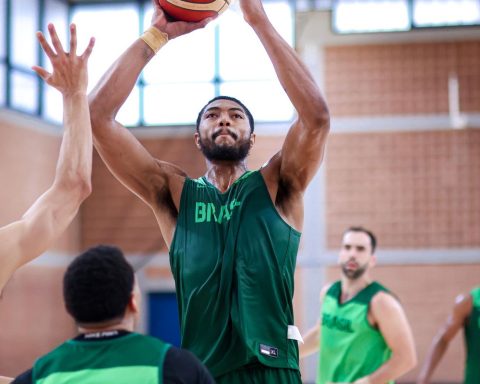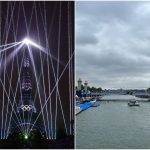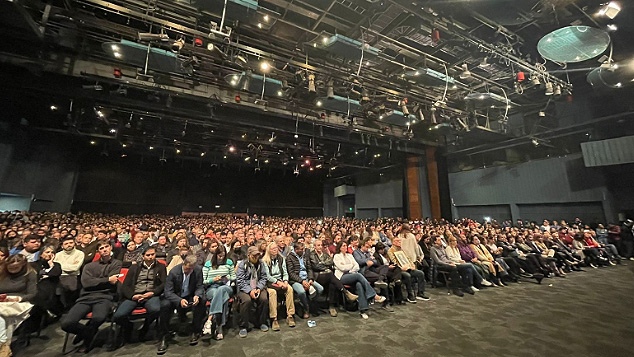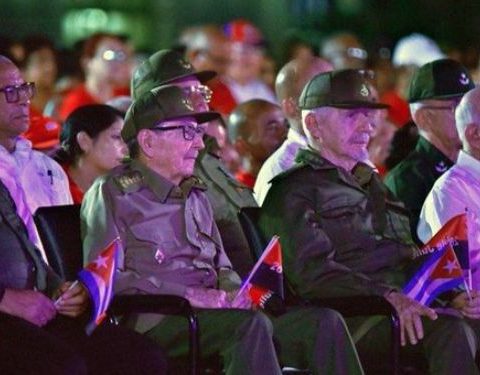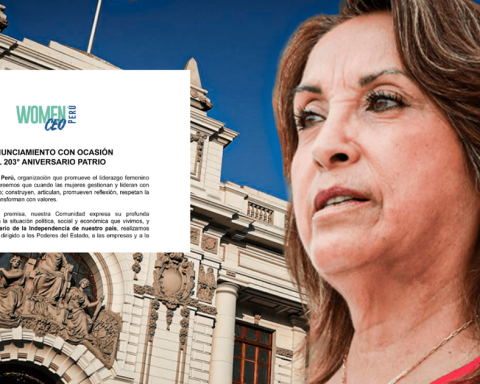The Instituto Moreira Salles do Rio de Janeiro (IMS Rio) opens today (21) the exhibition Constelação Clarice, which promotes a dialogue between Clarice Lispector’s literary production and works by 26 visual artists who worked between the 1940s and 1970s and were contemporaries of the writer.
Born in Ukraine in 1920, Clarice lived in Brazil until her death, in 1977. With free admission, the show has already passed through the IMS in São Paulo and is curated by the poet Eucanaã Ferraz, a literature consultant at the IMS, and the writer and critic of art Veronica Stigger. IMS Rio is located at Rua Marquês de São Vicente, 476, Gávea, south zone.
The exhibition brings together around 300 items, including manuscripts, photographs, letters, records and press materials, among other documents from the author’s personal collection. As a whole, there are works by Maria Martins, Mira Schendel, Fayga Ostrower, Lygia Clark, Letícia Parente, Djanira and Celeida Tostes, among others. The public will be able to see 18 paintings by the writer herself, produced between 1975 and 1976, without any professional pretensions. In the charts, it is possible to identify recurrences, such as the gestural treatment and the predilection for circularity, a trait defined as belonging to the female sex.
Eucanaã Ferraz made it clear that this is not an exhibition about Clarice’s biography, but that it goes through the writer’s work and the themes of her books, with an emphasis on her chronicles, although she herself did not consider herself a chronicler.
A fundamental name in Brazilian literature, the author had a great interest in the visual arts, expressed both in her incursion into painting, in the 1970s, and in the presence of artist characters in her books.
Given this proximity, the curators sought to identify which connections could be established between Clarice’s textual production and the works of women who marked the history of Brazilian art in the same period to reveal how their modes of creation are related.
Constellation
With this objective in mind, the curatorship adopted the concept of constellation, which is present both in the title and in the expography of the show. The works are presented in 11 cores, mixing various media, such as sculpture, painting, drawing, photography and video. The works of the artists are always in dialogue with excerpts from texts by Clarice, forming a web of new meanings, as the curators Ferraz and Stigger indicate: “Through the approximation provided by Clarice, a renewed and more complex understanding of that moment of life takes place. Brazilian art. On the other hand, from this constellation between plastic works and writing, Clarice’s literature also appears under a new perspective”, they explain.
The exhibition will be on view until October 9. No prior appointment is required. Visits can be made from Tuesday to Friday, from 12:00 to 18:00. On Saturdays, Sundays and holidays (except Mondays), the opening hours are from 10 am to 6 pm. It is recommended to wear a mask inside the cultural center.
Clarice Lispector’s collection has been under the custody of the IMS since 2004, comprising a library with about a thousand items, including books and periodicals, and an archive with documents, including manuscripts with unfinished versions of the novels. the hour of the star and a breath of life, correspondence, photos and a notebook, among other items. Also part of the IMS collection are several titles by the author translated into more than ten languages.
highlights
A highlight is the section “Everything in the world started with a yes”, using a phrase from the novel the hour of the star (1977) and approaching the theme of origin, which is recurrent in the author’s work, translated by images such as the egg and the cave. In this nucleus, there are works by Maria Polo, Anna Maria Maiolino, Celeida Tostes and Wega Nery, for example.
The core alreadyI didn’t fit” investigates the setting of the house. The curators recall that, in many of Clarice’s novels, the banality of the domestic environment is interrupted by moments of estrangement and bewilderment.
“This questioning of the space of the home, moving between security and suffocation, also appears in works such as Matchboxby Lygia Clark, in the video I closet meby Letícia Parente, or even in the colorful paintings by Wanda Pimentel and Eleonore Koch, which present a strangely empty house, sometimes seen through the cracks”.
In another section, called “Worship for what exists”, the highlight is nature, especially the animals and plants found in the author’s work. Chickens, dogs, cockroaches, trees and flowers appear frequently in Clarice’s texts. The shapes and enigmas of living beings are still investigated in the sculptures wild jaguar footprintby Amelia Toledo, and flowers and trunksby Wilma Martins, among others.
mystique
Another central feature of Clarice’s production is mystique. Her texts refer to elements of Jewish and Christian cultures and also to astrology and the practice of fortune-telling. In this core, entitled “life is supernatural”, stand out the bronze sculpture Anunciação, by Maria Martins, and an audio by the writer Hilda Hilst, in which, in her residence at Casa do Sol, she tries to establish contact with Clarice’s spirit.
The last section addresses the topic of the unfinished. The curators observe that, in Clarice’s production, “the questions regarding the beginning of life, the world and writing are confused with the permanent doubt regarding the moment when things end: the conclusion of the texts or the end of life itself”. Works such as the woodcut Retorno, by Wilma Martins, and the records of the action Caminhando, by Lygia Clark, were included in this nucleus.
The exhibition also features a documentary core, which brings together items that belonged to the writer, such as letters, typewriters and photographs from family albums. The paintings in her collection stand out, including the famous portrait of the author signed by the artist Giorgio de Chirico, and the first editions of her books, in addition to the interview given by Clarice to TV Cultura, months before her death, in 1977. Most of the items on display come from the archives of the IMS and Fundação Casa de Rui Barbosa, and also from the personal collection of his son, Paulo Gurgel Valente.
A catalog with critical texts by specialists in Clarice’s work, such as Alexandre Nodari, Carlos Mendes de Sousa, Evandro Nascimento, João Camillo Penna, José Miguel Wisnik, Nádia Battella Gotlib, Paulo Gurgel Valente, Yudith Rosenbaum and Vilma Arêas, will be on sale. in the IMS store and in the online store. In 2020, IMS launched a site bilingual about the writer.
